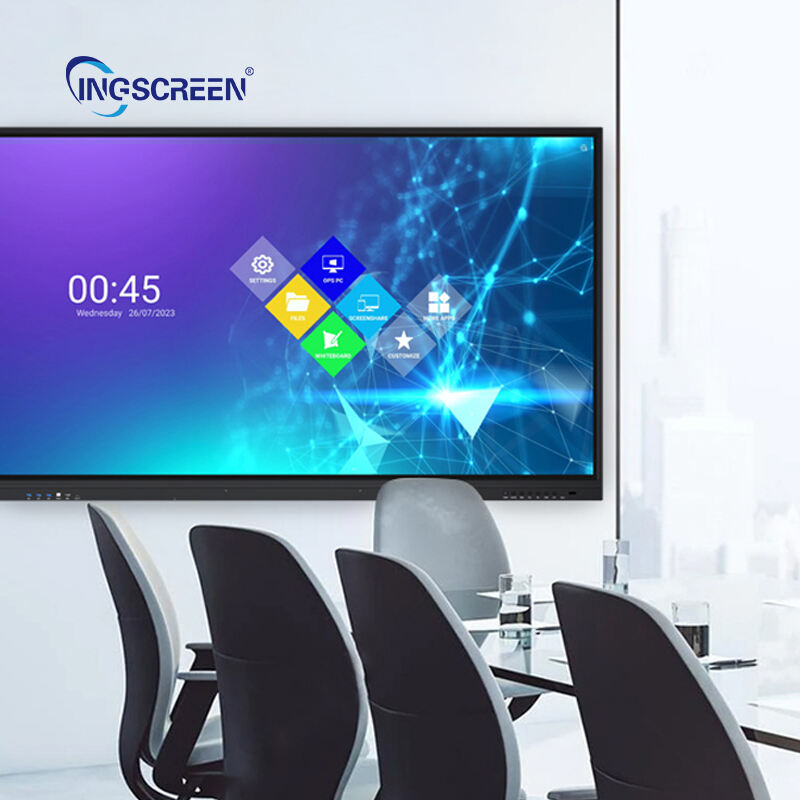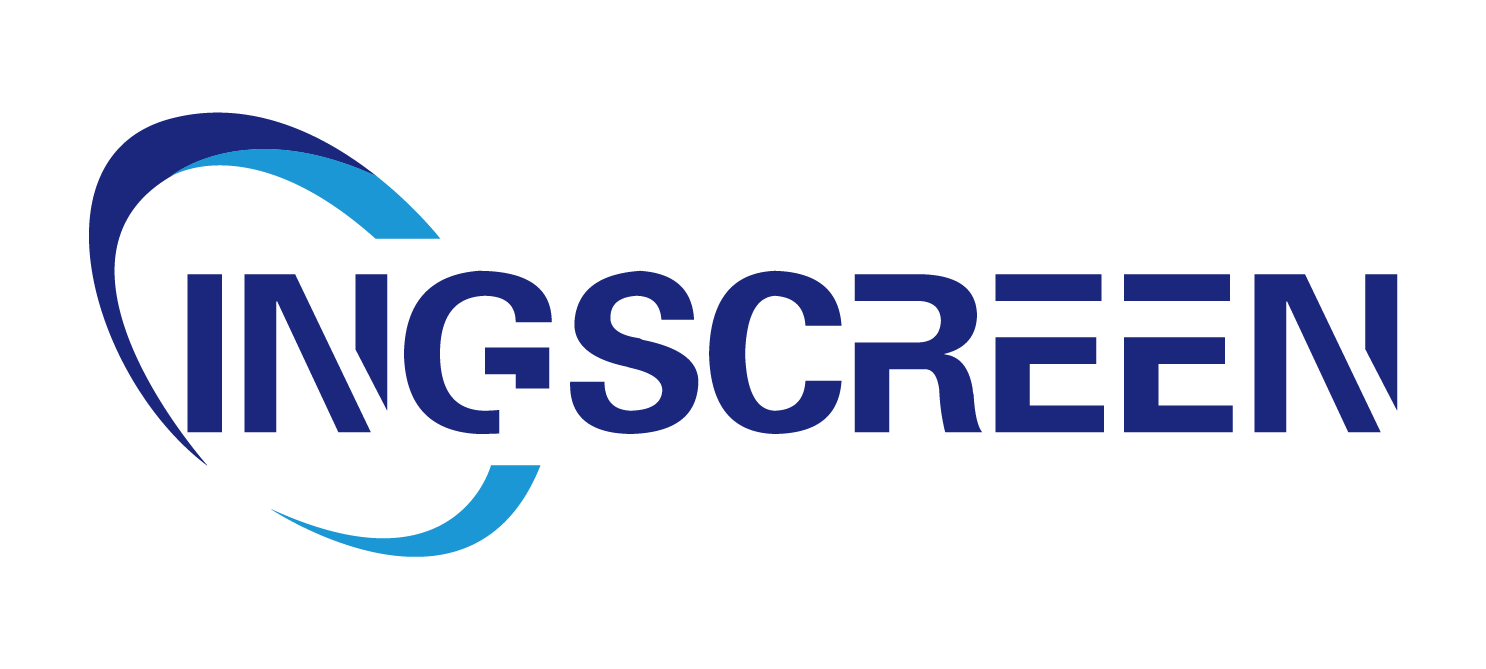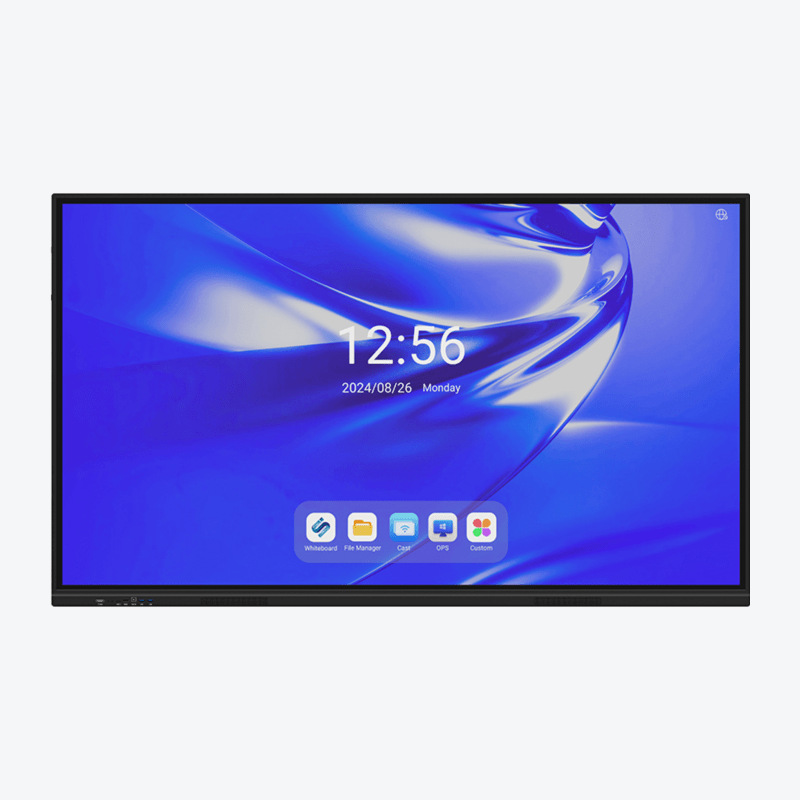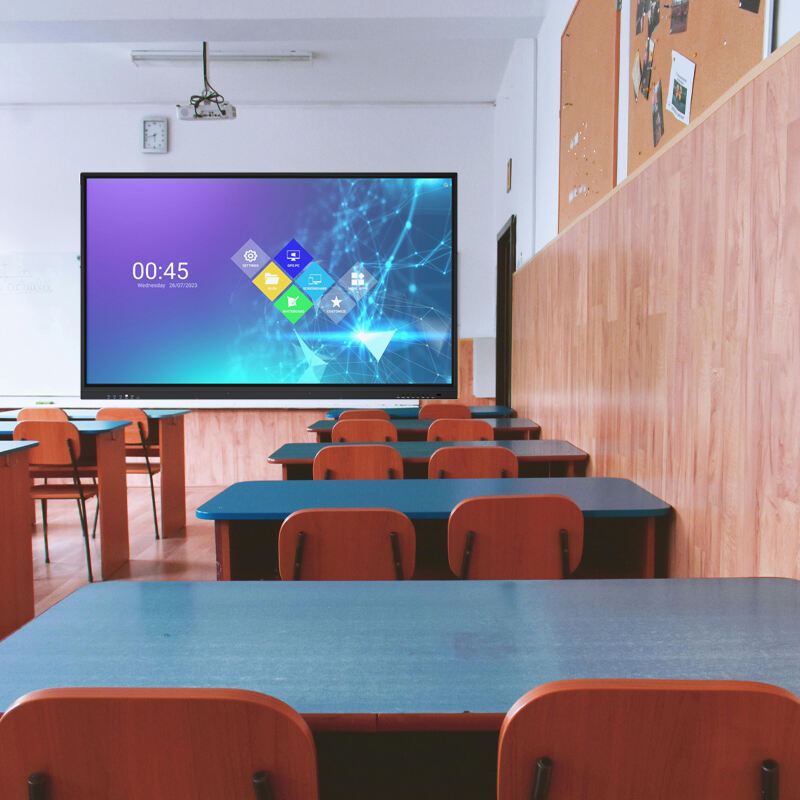Core Benefits of Interactive Flat Panels in Training Programs
Boosting Engagement Through Hands-On Learning
Interactive Flat Panels (IFPs) revolutionize the learning experience by facilitating hands-on activities that boost student engagement and retention. These panels allow for interactive simulations and group projects, transforming traditional lessons into dynamic learning experiences. Recent statistics demonstrate that educational settings utilizing IFPs achieve improved learning outcomes compared to conventional methods, with increased student participation and understanding. For instance, in classrooms equipped with IFPs, students can conduct real-time simulations and collaborative projects, which significantly enhance their learning capabilities and retention rates. The ability to interact directly with content fosters an engaging learning environment that keeps students attentive and motivated to learn.
Flexibility for Diverse Learning Styles
IFPs offer unparalleled flexibility in catering to various learning styles, making them a versatile tool in education. These panels accommodate visual, auditory, and kinesthetic learning preferences by enabling customizable content presentations. Case studies highlight how schools have adapted IFPs to create inclusive educational environments, benefiting students with diverse needs. For example, a study involving students with varying learning preferences found that interactive flat panels allowed for tailored teaching approaches, significantly improving learning outcomes. Experts agree that accommodating different learning styles in training programs is crucial to maximize educational impact and foster an inclusive environment, allowing every student to thrive.
Streamlining Content Delivery and Feedback
Interactive Flat Panels streamline content delivery, enhancing training efficiency while providing immediate feedback mechanisms. Educators can easily share materials on these panels, reducing time spent on content distribution and allowing more focus on instruction. Equipped with features such as instant quizzes and polling, IFPs facilitate dynamic feedback during lessons, bolstering student learning and interaction. Training programs successfully incorporating these feedback features report increased student participation and improved lesson engagement, creating a more effective educational experience. By simplifying content delivery and integrating interactive assessments, IFPs elevate the learning process, making it more engaging and productive for both educators and students.
Multi-User Interaction for Team-Based Training
Interactive Flat Panels (IFPs) are revolutionizing how we approach team-based training by enabling simultaneous multi-user interaction. This capability fosters a collaborative learning environment where trainees can engage in hands-on activities, encouraging teamwork and communication. For instance, the education sector has seen significant improvements as students can solve problems together on the same screen, enhancing their collective experience and engagement. Similarly, in industries like healthcare, IFPs allow multiple users to interact with simulated scenarios concurrently, sharpening their collaborative problem-solving skills. According to studies, teamwork in training environments, facilitated by tools like IFPs, has shown a correlation with improved learning outcomes and skills retention, underscoring the importance of multi-user interaction in modern training setups.
Real-Time Feedback and Assessment Tools
The ability to provide real-time feedback is crucial in any training program, and IFPs are well-equipped to facilitate this essential process. These panels integrate various assessment tools that enable instant knowledge checks, allowing trainers to gauge the understanding and progress of participants promptly. For example, functions like instant polling or interactive quizzes not only provide immediate insights into trainee performance but also foster engagement by breaking the passive learning pattern. Experts agree that real-time assessment can significantly boost learning efficiency and retention, as it addresses misunderstandings on the spot and keeps learners engaged and motivated. By embracing these innovative tools, training programs can create more dynamic and responsive learning environments, ultimately leading to more successful outcomes.
Enhancing Training Spaces with Dynamic Visuals
Integrating Interactive Flat Panels (IFPs) with digital signage solutions revolutionizes training spaces by enhancing visual engagement. By presenting dynamic visuals, these combined tools create an enriching learning environment that captivates learners and maintains their interest throughout the session. Dynamic visuals serve both an aesthetic and informative role, making content more appealing and accessible to trainees. According to design studies, visual stimuli significantly influence learning outcomes by keeping learners engaged and facilitating better information retention. The synergy between interactive technology and compelling visuals ensures a high level of engagement, turning training sessions into immersive experiences.
Synergy Between Interactive Panels and Self-Service Kiosks
Integrating Interactive Flat Panels with self-service kiosks creates a seamless and interactive learning experience. This combination leverages kiosk software to deliver supplemental training materials, allowing participants to access content easily and independently. The benefits of using self-service kiosks alongside IFPs include enhanced flexibility in accessing information and the provision of personalized content that caters to individual learning preferences. For instance, organizations employing this integration have noted improved training outcomes, as learners can explore materials at their own pace without the need for constant instructor intervention. This seamless blend of IFPs and kiosks provides a comprehensive yet user-friendly educational solution, integrating technology effectively into modern training environments.
Corporate Workforce Upskilling with IFPs
In recent years, several corporations have successfully integrated Interactive Flat Panels (IFPs) to upskill their workforce, leading to noticeable improvements in employee performance metrics. For example, a study published in the Journal of Corporate Training highlighted a software company that saw a 25% increase in project completion rates after implementing IFPs in their training sessions. The interactive capabilities of IFPs allow employees to engage actively with training materials, fostering better understanding and retention. Furthermore, these panels have supported collaborative learning environments, facilitating teamwork and problem-solving.
This trend aligns well with industry statistics. According to data from the Training Industry Report, companies utilizing IFPs in their training programs reported an average performance improvement of 15%, outperforming those using traditional methods. This adoption of IFP technology not only enhances individual skill sets but also empowers teams to work more efficiently. Thus, the integration of IFPs is becoming crucial for corporations committed to maintaining a competitive edge in an ever-evolving market landscape.
School District Adoption for Teacher Development
School districts across the country have embraced IFPs for teacher training and professional development. These innovative tools have significantly boosted teacher engagement and led to improved student outcomes. For instance, the Leander Independent School District in Texas observed a 30% increase in teacher participation during professional development sessions after integrating interactive displays, as highlighted by CDW’s education strategist Wendy Jones.
The influence of IFPs on professional growth is further supported by testimonials from educators. One teacher from New York City Public Schools noted that the interactive nature of these panels fostered a more collaborative learning environment, allowing for real-time feedback and exchange of ideas among colleagues. This has not only enhanced their teaching techniques but also translated into more engaging and interactive classroom experiences for students, thus validating the effectiveness of IFPs in educational settings.
These success stories underscore the potential of IFPs in reshaping teacher development programs. By enabling dynamic learning experiences, districts can ensure that their teachers are well-equipped to meet the diverse needs of 21st-century classrooms, ultimately enhancing the quality of education delivered to students.

AI-Driven Analytics for Personalized Learning Paths
AI-driven analytics are revolutionizing personalized learning experiences by adapting content based on user interactions and preferences. These sophisticated systems within interactive flat panels (IFPs) utilize data to craft tailored training paths, ensuring each user's learning experience is unique and effective. For example, AI can track a learner's progress, identify areas of struggle, and suggest supplementary resources to solidify understanding. According to a forecast by tech experts, the integration of artificial intelligence in education could grow at a rapid rate, potentially transforming conventional training paradigms with data-driven insights that enhance learning outcomes. This trend signals a future where training is not only interactive but also inherently adaptive.
AR/VR Integration and Smart Classroom Ecosystems
The integration of AR/VR technologies with interactive flat panels (IFPs) is paving the way for immersive learning experiences that captivate and engage learners. By enabling virtual tours and interactive simulations, AR/VR extends the boundaries of traditional educational environments, making abstract concepts tangible and accessible. Smart classroom ecosystems embody this integration capability, offering educators and learners enhanced interactivity through digital technologies. For instance, districts and companies leading this charge have successfully implemented AR and VR applications to enrich educational content and foster deeper engagement. The future of training and education thus points towards a more interactive, perceptually rich learning landscape, leveraging AR/VR to prepare learners for the demands of the digital age.
FAQ
1. What are the benefits of using Interactive Flat Panels in training programs?
Interactive Flat Panels enhance engagement, support diverse learning styles, streamline content delivery, enable multi-user interaction, provide real-time feedback, and integrate with digital solutions for dynamic visuals.
2. How do Interactive Flat Panels support diverse learning styles?
They allow educators to customize content delivery to accommodate visual, auditory, and kinesthetic learners, ensuring inclusive education.
3. Can Interactive Flat Panels be used in corporate training?
Yes, they are effective in upskilling employees by enhancing engagement, fostering collaboration, and improving learning outcomes.
4. How do Interactive Flat Panels integrate with other technologies?
They can be combined with digital signage and self-service kiosks to create a seamless, interactive learning environment.
5. What are future trends in Interactive Flat Panel technology?
The future includes AI-driven personalized learning paths and AR/VR integration for immersive educational experiences.
Table of Contents
-
Core Benefits of Interactive Flat Panels in Training Programs
- Boosting Engagement Through Hands-On Learning
- Flexibility for Diverse Learning Styles
- Streamlining Content Delivery and Feedback
- Multi-User Interaction for Team-Based Training
- Real-Time Feedback and Assessment Tools
- Enhancing Training Spaces with Dynamic Visuals
- Synergy Between Interactive Panels and Self-Service Kiosks
- Corporate Workforce Upskilling with IFPs
- School District Adoption for Teacher Development
- AI-Driven Analytics for Personalized Learning Paths
- AR/VR Integration and Smart Classroom Ecosystems
- FAQ




